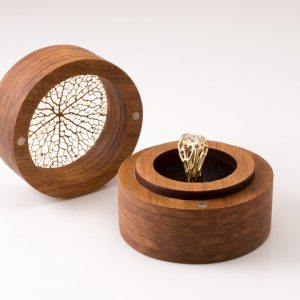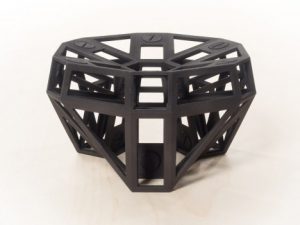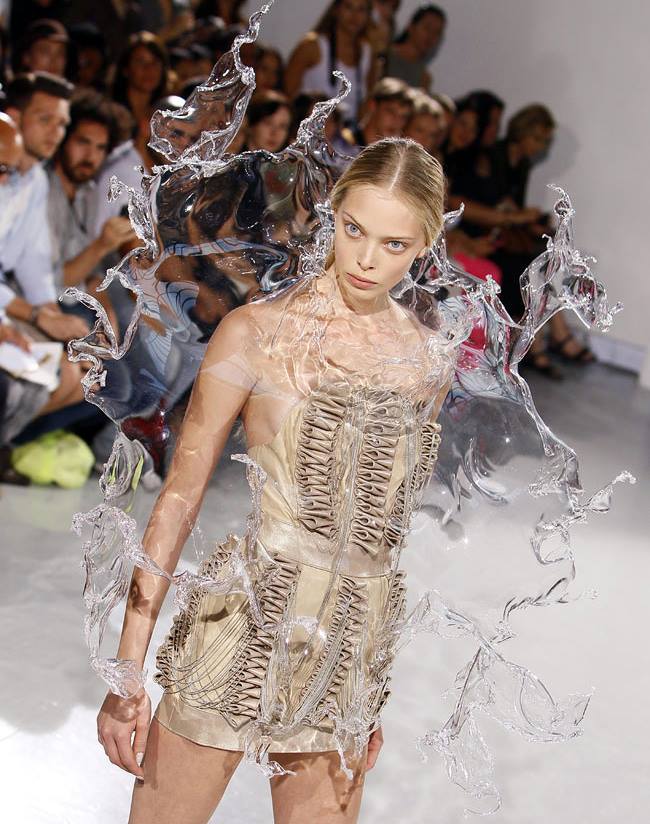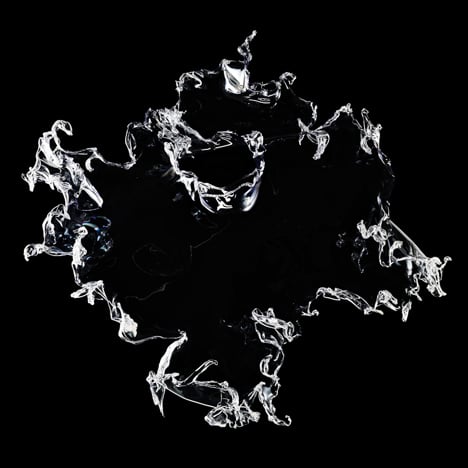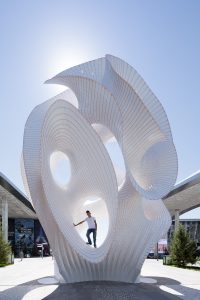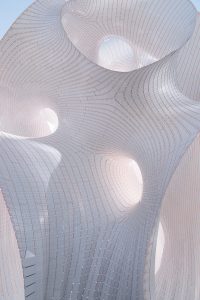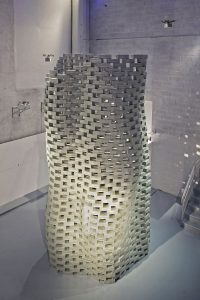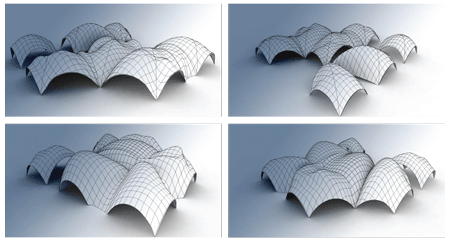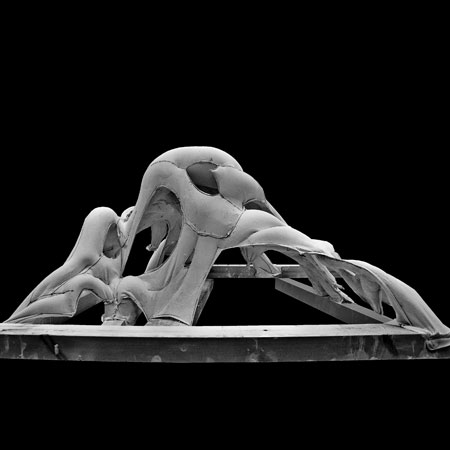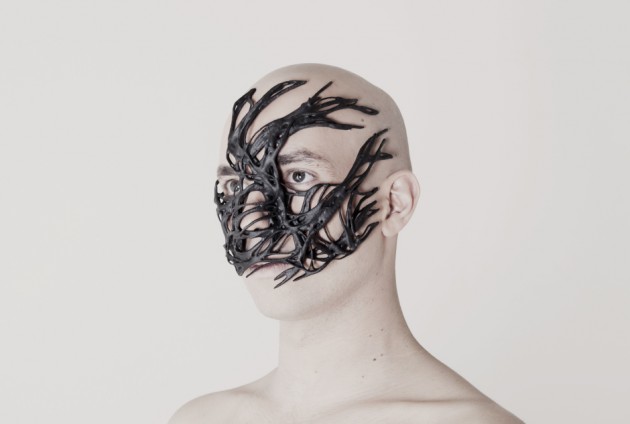Audience
By: Chris O’Shea
According to the project’s official page, “is an installation consisting of around 64 head-size mirror objects. Each object moves its head in a particular way to give it different characteristics of human behaviour. Some chat amongst themselves, some shy away and others confidently move to grab your attention.” (http://www.chrisoshea.org/audience)
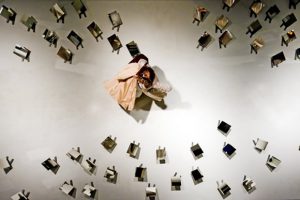
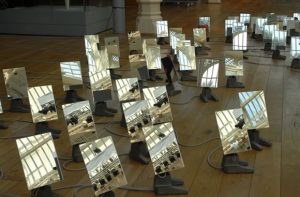
By giving life to inanimate objects, this project reverses the roles of the viewer and viewed in that the people become the viewed in this case. The people have no control over the reactions of the mirrors, so the project itself plays with eliciting certain reactions from the the viewers, whether it may be discomfort or intrigue as all people react differently. It seeks to establish a different kind of relationship between viewer and technology but by using the most simplest of means.
I personally thought that this project was interesting because instead of creating projections or sounds, this project uses mirrors to reflect the world back on itself. It uses programming and calibration to set each mirror at a certain angle. Each mirror is controlled by two motors that give it tilt and pan rotations. The other interesting point is that each mirrors do not move randomly– they actually have a scripted code which allows them to achieve thoughtful movements and processes. According O’Shea, the software was developed in C++ using openFrameworks and OpenCV.
In my opinion, real world application of this project could be used in perhaps security and protection of closed official buildings. I feel like more elements such as face recognition could be applied to this project in order to be used as a filter for going through authorized and unauthorized people. Because it plays on the psychology of the individual, it could affect intruders in a building, such as making them feel uncomfortable to the point of leaving.
![[OLD FALL 2017] 15-104 • Introduction to Computing for Creative Practice](https://courses.ideate.cmu.edu/15-104/f2017/wp-content/uploads/2020/08/stop-banner.png)


